We’re excited to introduce you to the always interesting and insightful ANAMARIA CABATO. We hope you’ll enjoy our conversation with ANAMARIA below.
ANAMARIA, thanks for joining us, excited to have you contributing your stories and insights. We’d love to hear about a project that you’ve worked on that’s meant a lot to you.
I do have to share two meaningful projects.
The first project was the Balboa Park Centennial Philippine American Celebration in June, 2015 at the Organ Pavilion in Balboa Park. I was invited to the initial meeting at the House of the Philippines in Balboa Park in the summer of 2013. Being the Executive Director of PASACAT, I have worked with the House of the Philippines for the Philippine Lawn Program every June. I was convicted to be a part of this celebration because in 1969, my father was President of the Philippine American Community Association of San Diego when Mayor Frank Curran approached him to lead a Philippine tribute to San Diego’s 200th Anniversary. The Philippine Fiesta, a 3-hour cultural tribute to San Diego’s 200th was presented at the Organ Pavilion. A photo of the dance Singkil, captured one of the stunning moments on September 7, 1969 and printed in the San Diego Union Tribune newspaper. I was envisioning that same moment with a new generation of dancers. Since my dad lead that celebration, I wanted to be a part of the Philippine celebration for the Balboa Park Centennial in 2015. I was one of the co-chairs and introduced as the visionary for this three day cultural celebration which the San Diego Union Tribune headlined as “Big Filipino community for big Balboa Park party.” The event was coordinated by 10 organizations with 20 performers from the Philippines and California.
The second project was the Filipinos of South Bay Exhibit. I had just retired and wanted to minimize my involvement with the community. In the spring of 2020, four members of the Filipino American National Historical Society San Diego Chapter approached me to join their team in putting an exhibit of Filipinos in the South Bay. They were all administrators or professors at local schools and colleges. I was the only one who lived in the South Bay and worked in the South Bay Community with PASACAT located in National City since 1973. I asked my daughters if I should accept this invitation. Out of the five of us on the team, I had the most knowledge of Filipinos of South Bay, if I wasn’t going to take part of this, then who would tell the story. Once again, I said I need to be at the table of this since my work was prevalent in the South Bay and accepted the invitation.
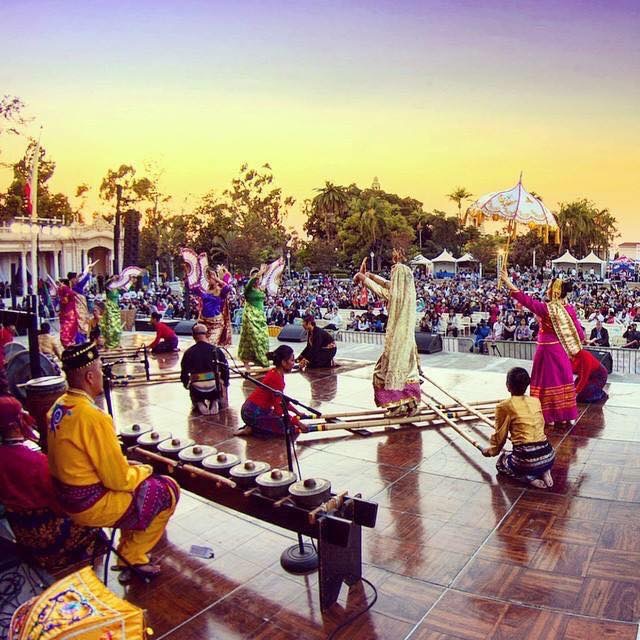
ANAMARIA, before we move on to more of these sorts of questions, can you take some time to bring our readers up to speed on you and what you do?
I’m the daughter of immigrant parents Delfin and Purisima Labao. My father served in the US Navy for 28 years and my mom was a stay-at-home mom during our elementary school years before entering the workforce. I am the eldest of three sisters and we lived in a modest home in National City. Both of my parents were active in the Filipino community in San Diego and they took us to all their meetings and events. One event was the performance of the Leyte Filipiniana Dance Troupe from the Philippines, who was on tour at the newly built San Diego Civic Theater. They came at a time when I was trying to understand my identity. The Troupe provided clarity and I fell in love with Philippine dance, the attire and the music.
The Filipino Women’s Club taught Philippine dance as a way of instill the culture to their children. My sisters and I were all “forced” to dance. I loved it. My father was president of the Filipino American Community of San Diego who organized a 3-hour cultural tribute for San Diego’s 200th Anniversary at the historic Organ Pavilion in 1969. About 70 performers participated and after that performance parents and the dancer were inspired to continue. The following year, the Philippine American Society and Cultural Arts Troupe, now known as PASACAT was formed on May 23, 1970. Philippine dance saved me by learning the dances and performing it for audiences who were so appreciative. After seeing the Leyte Filipiniana and then tours of the Bayanihan National Philippine Dance Company, I dreamed of being a Philippine dancer with access to the sights and sounds of the beautiful costumes and music.
We rehearsed in dancer’s homes before PASACAT purchased a building in 1973. Then we developed a Rondalla and Indigenous Instruments ensemble and began performing to live music. PASACAT kept me off the streets and kept me focused and passionate. It was the friendships that made PASACAT the center of my life.
My parents opened their home to various groups: new Navy servicemen from the Philippines, touring artists from the Philippines, various organizations. They welcomed everyone. PASACAT’s president, Paz Marquez Uro opened her home to the PASACAT dancers. She had a pool, she placed mirrors in her patio for rehearsal, and she cooked for the dancers after rehearsals – lumpia, pansit, adobo and rice.
This hospitality became an important foundation to our community organization. When you break bread together the dynamics change and you really become a family. This is one of the strengths of PASACAT.

Can you share a story from your journey that illustrates your resilience?
PASACAT is blessed to have it’s own building. Between 2014 – 2023, the PASACAT center experienced four major flood damages. It cost us our floors and walls and some costumes and instruments. The floods occurred days before our major production of the Parol Lantern Festival. In spite of this set-back, we restored the building so classes could resume installing new flours three times. It garnered the attention from the Mayor of National City, and attracted assistance from the local carpenters union and a roof company.
During COVID, we shut down for a month and returned to Zoom for our classes. We did loose about 25% of our students but for those who remained, we were able to hold the Junior PASACAT Concert and our Parol Festival. Performers recorded dances on their phones and sent it to our staff who edited the videos to show their performances. We kept the enthusiasm for Philippine dance relevant and expanded our programming with more historical references.
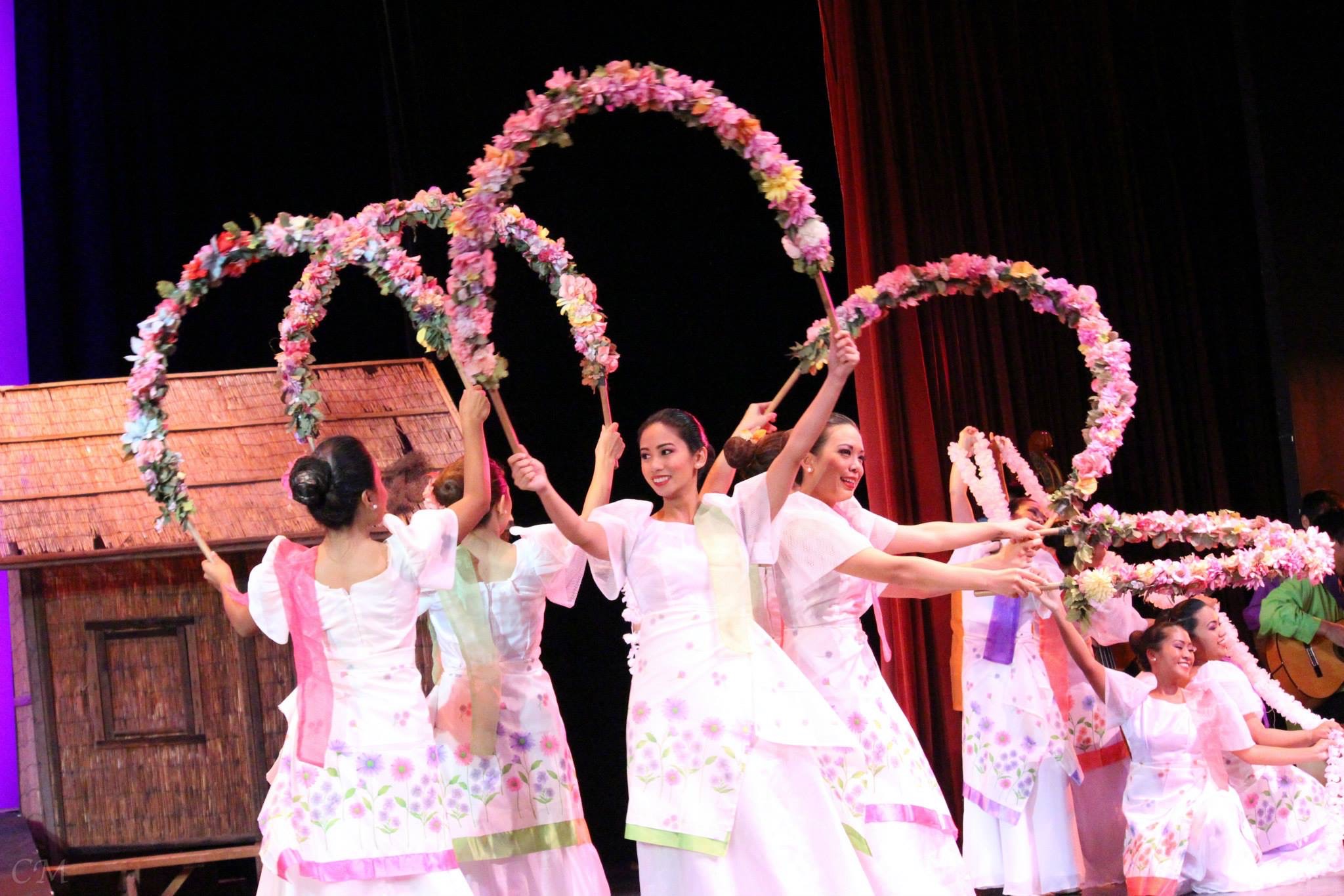
What do you think is the goal or mission that drives your creative journey?
PASACAT’s mission is to to preserve Asian Pacific culture through the arts, thereby, extending goodwill and enhancing cultural understanding.
I was a shy and sheltered person growing up, but Philippine dance gave me the confidence I needed to be a poised individual and to walk with grace and pride of my heritage. Appreciating my heritage and meeting dancers from other cultures opened my eyes to discover amazing similarities and beautiful differences. I was just having a conversation with a classmate I grew up with from elementary to high school. She happens to be Filipino and another classmate who is Caucasian, recognized how National City was diverse and it gave us a view of the world in that regard. We embraced diversity because of the friendships we had.
What PASACAT does is to instill this appreciation for our diversity in our own Philippine culture and for the diversity of other heritages.
Contact Info:
- Website: https://pasacat.org/
- Instagram: https://www.instagram.com/pasacatinc/#
- Facebook: https://www.facebook.com/pasacat
- Youtube: https://www.youtube.com/@pasacat
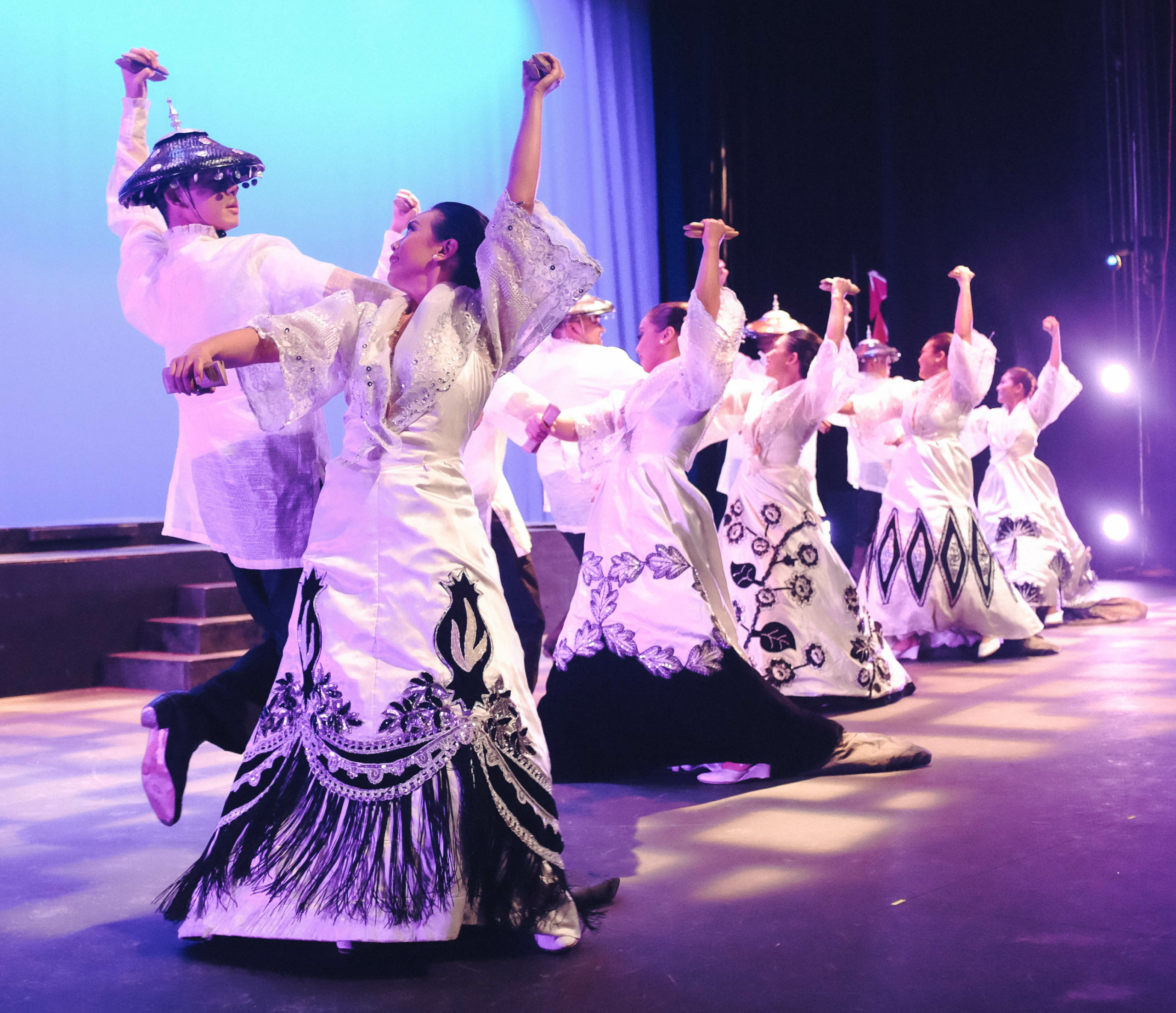
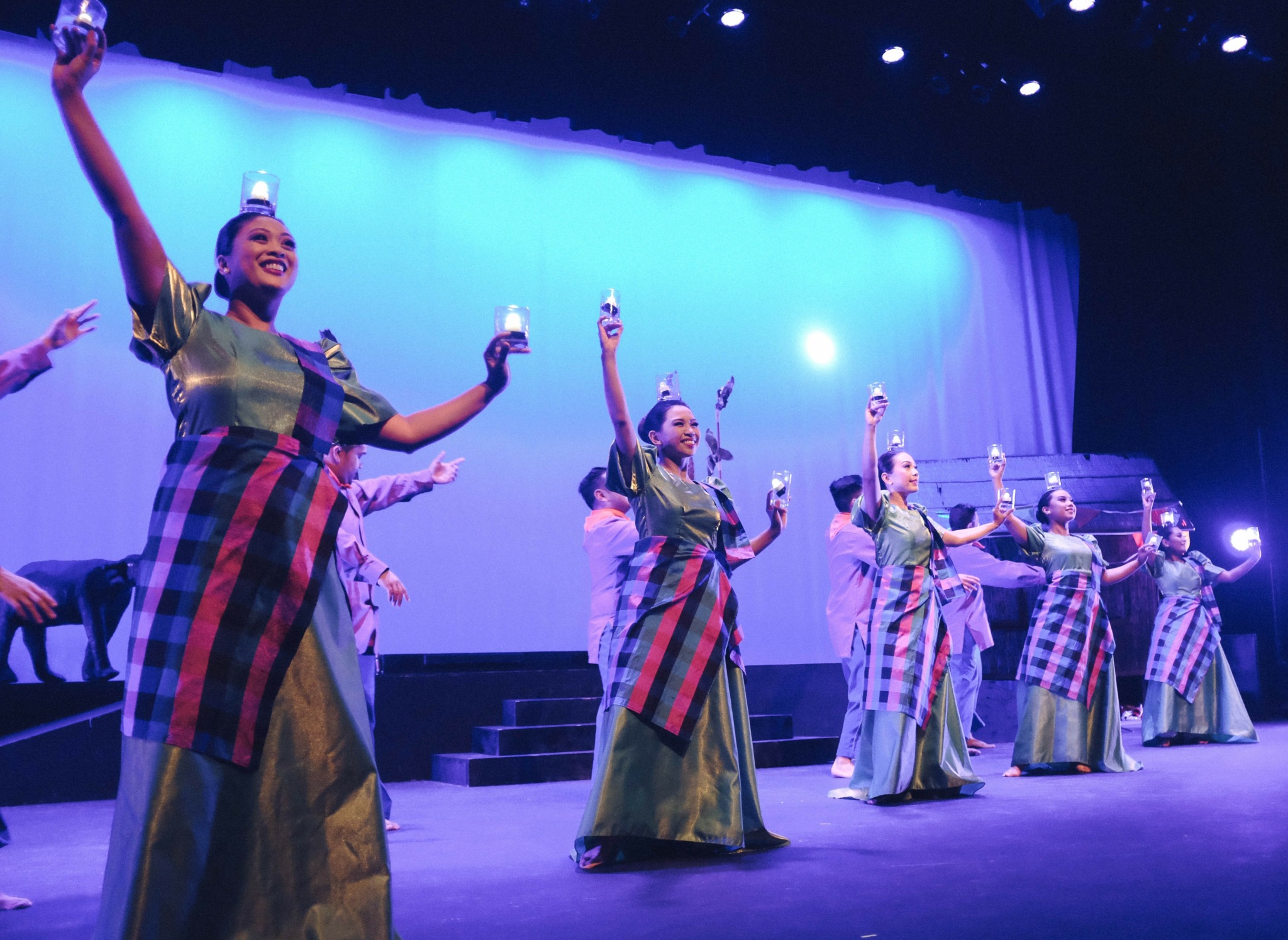
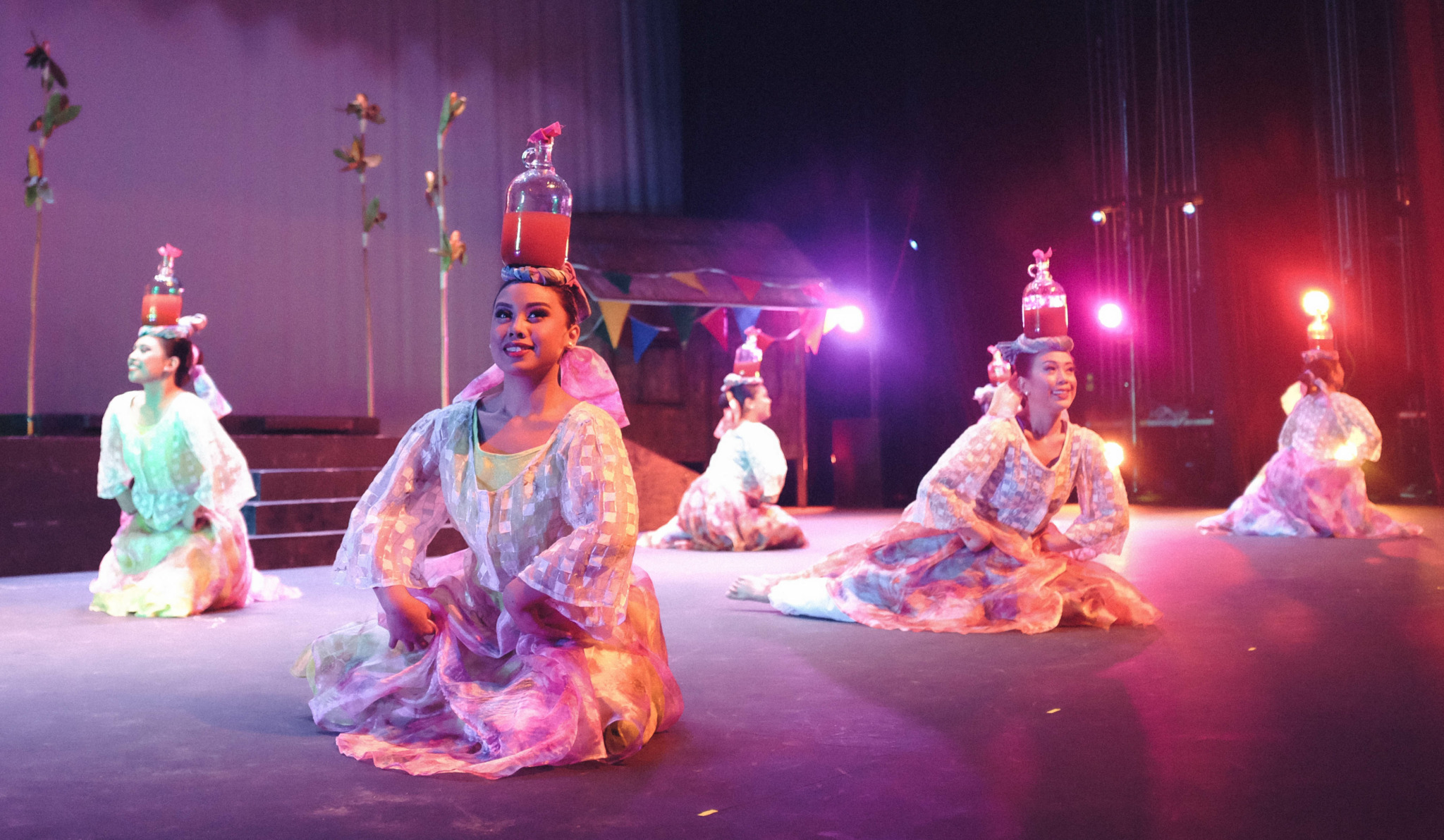
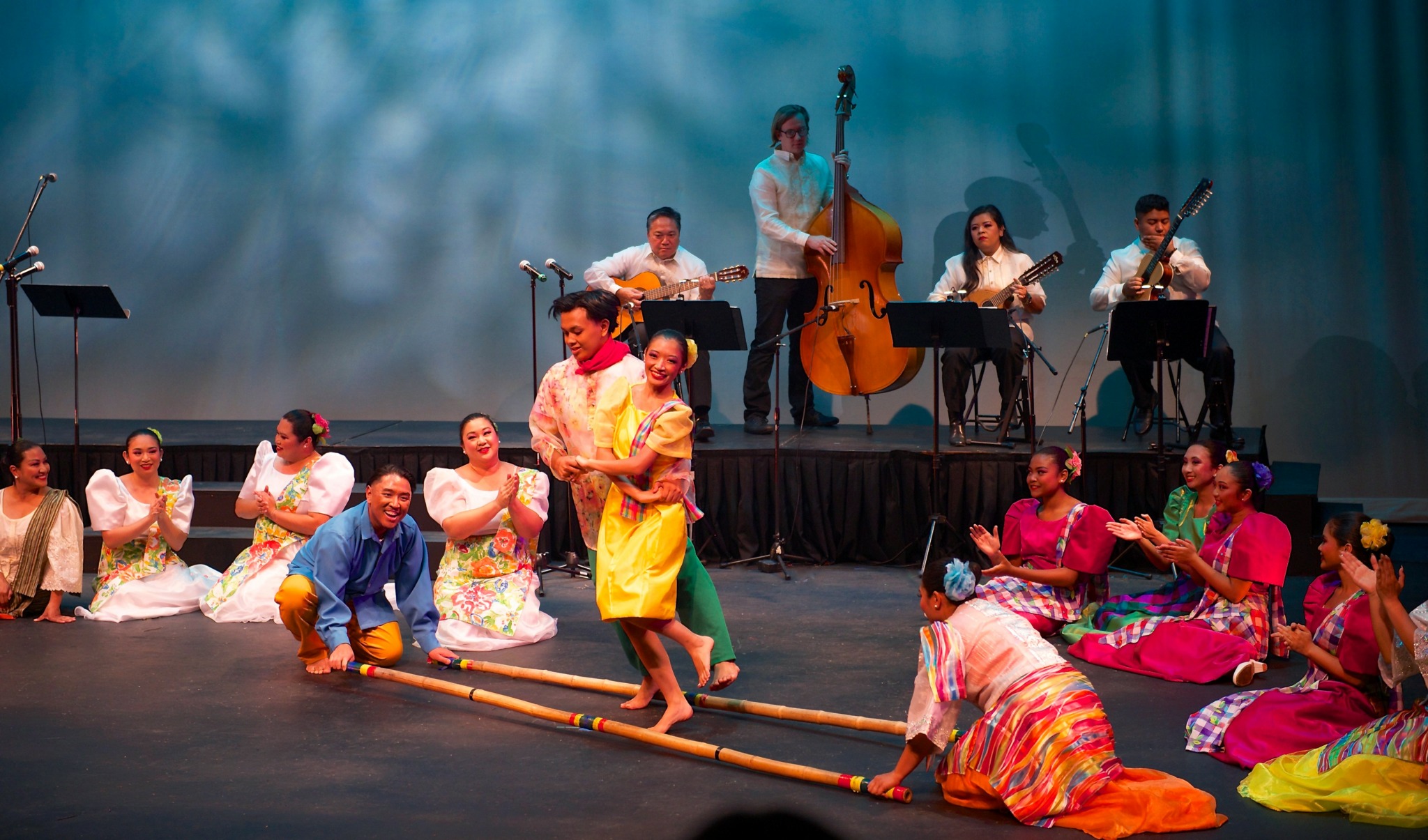
Image Credits
SINGKIL at the Organ Pavilion looking toward crowd – photo by Marc Mejia
FOSBE – photo by Congressman Juan Vargas Office
PANAMBITAN (Floral Garlands) PASACAT
JOTA MANILENA (Black & White gowns) PASACAT
PANDANGO SA ILAW (dance of the lights) PASACAT
SAYAW SA TUBA: PASACAT
TINIKLING with musicians: PASACAT


